There’s nothing creepier than seeing a worm in your bed while you’re getting ready to get all comfy and hit the pillow. While many people confuse them with bed bugs/a bed bug worm, bed worms are entirely different creatures. So, you may want to know what bed worms are and how to get rid of them.
How to get rid of bed worms? You can get rid of bed worms by washing bed garments with hot water and detergent, using dry cleaning on fabrics, or steaming mattresses regularly. Also, you can put bed sheets in the freezer for few days in order to eliminate insect larvae and bed worms from infesting your home.
This article will identify different types of bed worms and provide a more in-depth discussion of each kind. It will also give answers to your questions regarding these creatures.
What Are Bed Worms?
Most of these worm-like bugs are, in fact, the larvae of other insects such as moths or carpet beetles. And contrary to what most people think, they are not found exclusively on beds.
These insects end up in your bed to eat the bed sheets as they feed on natural fabric such as silk and wool. They can be a frightening sight, but they’re not dangerous unless you have an allergy to their bites.
Where Do Bed Worms Come From?
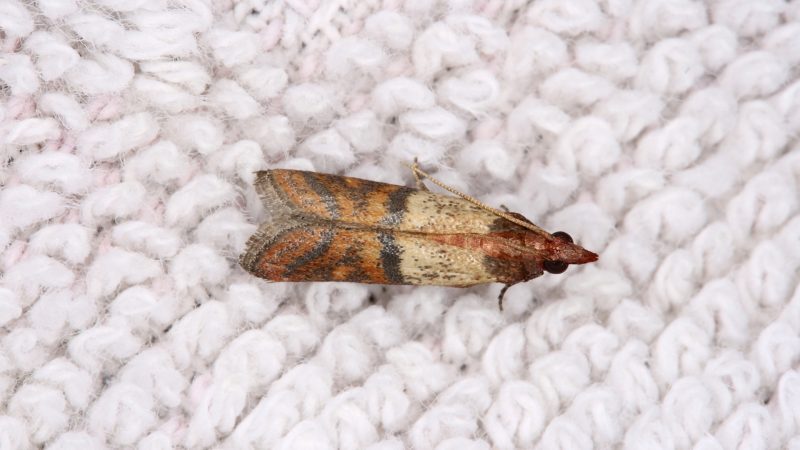
Bed worms are baby moths or carpet beetles. These insects love to lay their eggs in warm, dark, and undisturbed areas like wool blankets.
Even if your beddings and mattresses are made of synthetic materials like polyester, they’ll get infected if they have some percentage of animal fabric.
So, if you have these insects at home, it’s highly likely that you get these worm-like babies in your bed, too.
Some of them, such as maggots, feed on decaying organic matter like animal carcasses. So, if you have a dead rat, bat, or lizard in your house, the bodies attract larvae, which will quickly lay eggs inside your home.
Related: How to Prevent Bed Bugs in Your Home
What Causes Bed Worms on a Mattress?
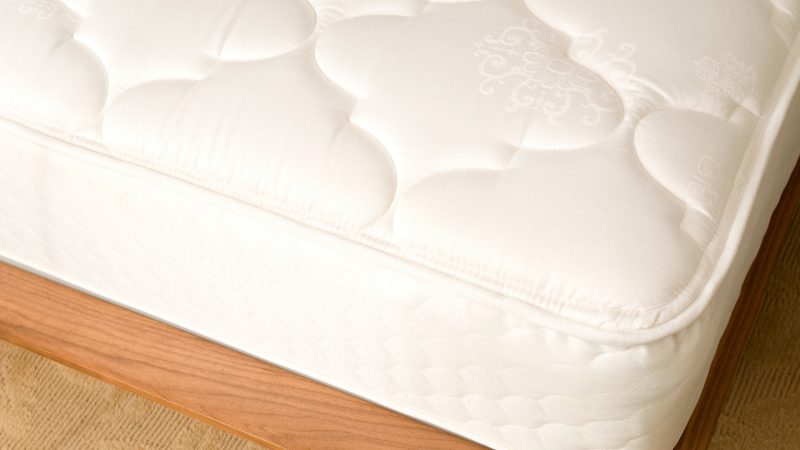
So, if you have beddings and blankets made of silk, wool, leather, or anything in felt, feathers, or fur, you’ll be more likely to get bed worms. That’s because these materials contain keratin, a fibrous protein that the larvae of cloth moths love to eat.
Larvae in Bed
In addition to cloth moths, the carpet beetle is another insect that likes to lay its legs on mattresses. These larvae also feed on animal fabric, although the adults don’t. So, the adults lay their eggs in places where the larvae can get plenty of food and grow up.
These insects get into your house through open doors and windows. Then, they follow their instincts to find their natural food sources, ending up in your bed.
Types of Bed Worms | Images of Bed Worms
If you see little worm-like creatures in your bed, you may think they’re bed bugs or a bed bug larvae worm, which are much more common. But bed bugs don’t look like worms, so here’s how you can identify the worms that show up in your bed.
Little Black Worms in Bed
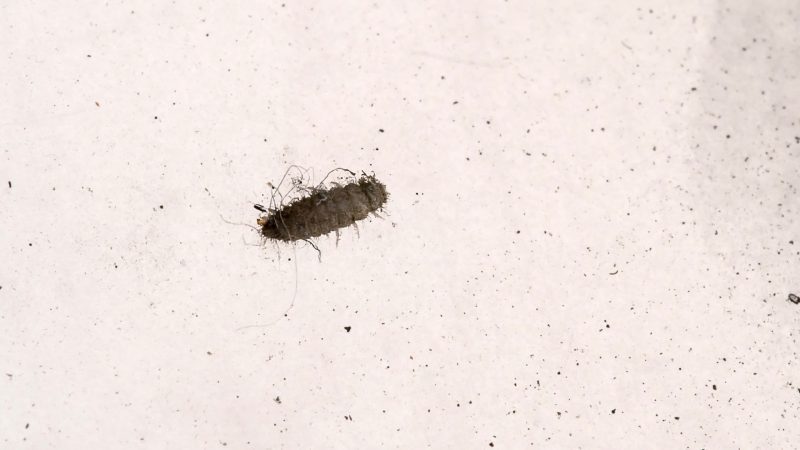
The tiny black worms in bed are the larvae of carpet beetle. You may even see their poops that are as small as a grain of salt in your bed.
Some species have dense hair on their bodies and could be mottled or have black and white stripes on their bodies.
There are different carpet beetle species, all likely to live on your mattress because it’s warm and gives them a source of food. They include varied carpet beetles, furniture carpet beetles, and black carpet beetles.
Little White Worms in Bed
The white worms in your bed are most likely maggots, which can be cream or pale white. This grub is attracted to rotting matter, such as garbage, and lays eggs as small as rice grains.
Larvae don’t naturally feed on the animal fabric, so they can’t show up in your bed by themselves. It’s more likely your pets carry them to your bed accidentally.
It’s also possible that the tiny white worms in your bed are white but transparent pinworms. These pinworms are intestinal parasites you can find in the stool. They tend to come out of the infected person’s anal cavity at night to lay eggs, and hence, you may see them in your bed.
The little white worms could also be flea larvae with off-white bodies and pale hairs. They feed on poops of adult fleas, so they’re not interested in your beddings and blankets. Your pet may be the main reason they end up in your bed.
Small Brown Worm in Bed
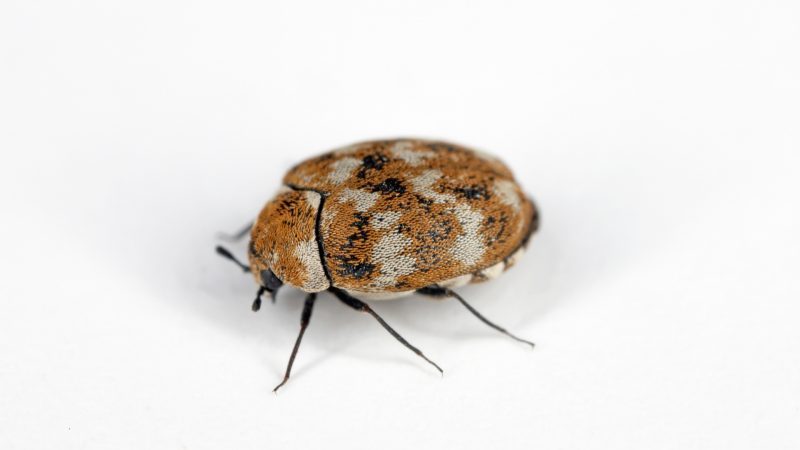
The most common pests that appear as tiny brown worms in your bed are carpet beetles. As mentioned earlier, they have different varieties, with their larvae being in different colors.
Varied carpet beetle larvae have light and dark brown stripes and narrower front and wider rear than other species. The larvae of clothes moths can also be brown.
Small Orange Worm in Bed
Orange worms are also likely to be larvae of cloth moths as they appear in different colors. However, if you’re not sure what the worm in your bed is, you can take it to the National Pesticide Information Center office to identify it. Use this map to find the closest center to your neighborhood.
Little Red Worm in Bed
Tiny red worms in your bed are the larvae of another carpet beetle species, namely furniture carpet beetle. At first, they’re white and pale, but they get darker in color, turning red or reddish-brown.
When these larvae grow into adults, typically 80-110 days, they turn into beetles with black spots and white, yellow, or orange scales.
Small Pink Worm in Bed
Here again, the main possibility is the larvae of carpet beetles when they’re turning from white to dark red.
However, don’t rule out the risk of other insects ending up in your bed by accident. After all, your house isn’t a closed capsule that you can prevent other creatures from entering.
They may be the larvae of other pests such as click beetles. That’s especially the case if you find them in other parts of the house or only one of them in your bed.
Are Bed Worms Dangerous?
Bed worms (i.e., moth and carpet beetle larvae) aren’t dangerous for human beings as they don’t bite. Neither are they parasites that you should be worried about. They’re not interested in feeding on your blood or skin as they eat animal fibers.
However, they can get out of hand when they grow into adults if you don’t get rid of them quickly. Clothes moths damage your wool carpets and blankets or anything made of silk, fur, or feather.
If the worm you found in your bed proves to be a pinworm, then you should be worried because it’s a human parasite. You should go to the doctor and have all your family members tested because it infects several people in the same household.
How to Get Rid of Bed Worms?
Although the worms you detect in your bed may be different creatures, they’re easy to get rid of. Plus, you can use the same methods to remove all of them from your mattresses.
Where do bed worms come from?
Moths love carpets and clothes and are more likely they lay eggs on fabric with liquid spills and sweat. The female moth lays hundreds of eggs over its lifetime, and then carefully places eggs in areas that allow them to be able to survive.
The larvae of the moth get nutrition from natural fibers this is why you see what you think are bed worms on the mattresses and bedsheets.
Worms in Specific Places on the Bed
Depending on where you find the bed worms, you may need different methods to kill them.
Tiny Worms in Bed Sheets
The best way to get rid of a tiny worm in bed (larvae and eggs) is to apply heat, which instantly kills all of them. So, wash your bed sheets with hot water, or dry clean them. Then hang them in the air under the sun to make sure there’s nothing left.
In addition, you may want to go through all your bedclothes, carpets, and anything made of animal products. If you can’t dry-clean or wash an item, put it in a plastic bag in the freezer for two days to kill the eggs and larvae with cold temperatures.
Related: What Temperature Kills Bed Bugs?
Worms in Bed Mattress
The best way to address bed worms in your mattress is the same thing you do with bed bugs: a waterproof mattress. This way, you can regularly wash your mattress to eliminate any insect larvae, fleas, bed worms, and even mites.
Another thing that helps is regularly vacuuming the mattress. It is better to use a professional carpet cleaner like BISSELL SpotClean ProHeat from Amazon. This product sends hot water into the depth of the bed and sucks up anything that’s hiding inside.
Related: Can Bed Bugs Survive in Washing Machine?
Bed Worms Bite: Symptoms (Allergies) and Treatment
Although the larvae of carpet beetles and cloth moths don’t bite, they can cause allergic reactions. That’s because of the hair-like bristles on their skins that can cause rashes, itchy skin, or hives if they come into contact with skin.
The bristles can also fly in the air and get into your respiratory tracts, causing allergy-like reactions like a runny nose and irritate your eyes. But when you get rid of the bed worms, the allergic reactions and symptoms will easily go away.
FAQs: Mattress Worms
Here are some commonly-asked questions about mattress worms.
Do Bed Bugs Look Like Worms?
Bed bugs look nothing like worms as they’re insects with oval and flat bodies. The adults also have tiny wings known as wing pads, although they can’t fly with these wings. They’re mostly brown but can get reddish when they eat because they feed on human blood.
Do Bed Bugs Start Out as Worms?
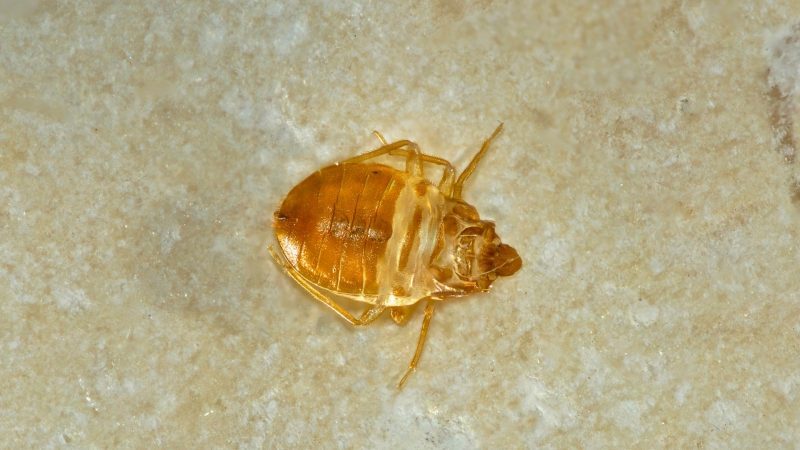
Bed bug babies, known as nymphs, don’t start as worms. They are exactly like mature bed bugs, only smaller and lighter in color. You can hardly see them with the naked eye as they’re tiny and as big as a grain of pepper.
Cat With Worms Sleeping in Bed: Is It a Possible Health Hazard?
You can get worms if your cat is infected with worms and sleeps with you in the same bed. Larvae from your cat’s fur can transfer to your bed, causing bed worms and other pest infestation.
Avoid sleeping with your cat in the same bed until it’s clean of any pests and worms and you no longer see worms in the cat bed.
My Dog Has Worms and Sleeps in My Bed: Is It Dangerous?

Sleeping with your dog infected with worms can infect you, too. Hookworm, tapeworm, and roundworm are typical worms that can infect humans and harm their health. If you see dead worms in the dog bed, it’s a sign of infection, and you should take care of it.
Summary
While many people think bed worms are like bed bugs, they’re different. Bed worms are the larvae of carpet beetles and cloth moths, which feed on animal fabric.
These larvae look like tiny worms and can be white, creamy, orange, brown, black, and red. While they can’t bite humans, their hair-like bristles can cause allergic reactions, irritating skin, and eyes. Washing the bed sheets with hot water or dry-cleaning them can kill all the larvae.
List of Sources
Potter, M. F. Clothes Moths. University of Kentucky.
Choe, D. H. (2020). UC IPM Pest Notes: Carpet Beetles. University of California.
Pinworm Infection FAQs. (2020). Centers for Disease Control and Prevention.
Miller, D. M., Polanco, A. (2021). Bed Bug Biology And Behavior. United States Environmental Protection Agency. Virginia Department of Agriculture and Consumer Services.
- How to Get Rid of Copperheads | Practical Guide - August 27, 2023
- How to Get Rid of Corn Snakes | What Makes Them Aggressive? - August 27, 2023
- How to Get Rid of Alligators | Safety Measures and Removal Methods - July 16, 2023
